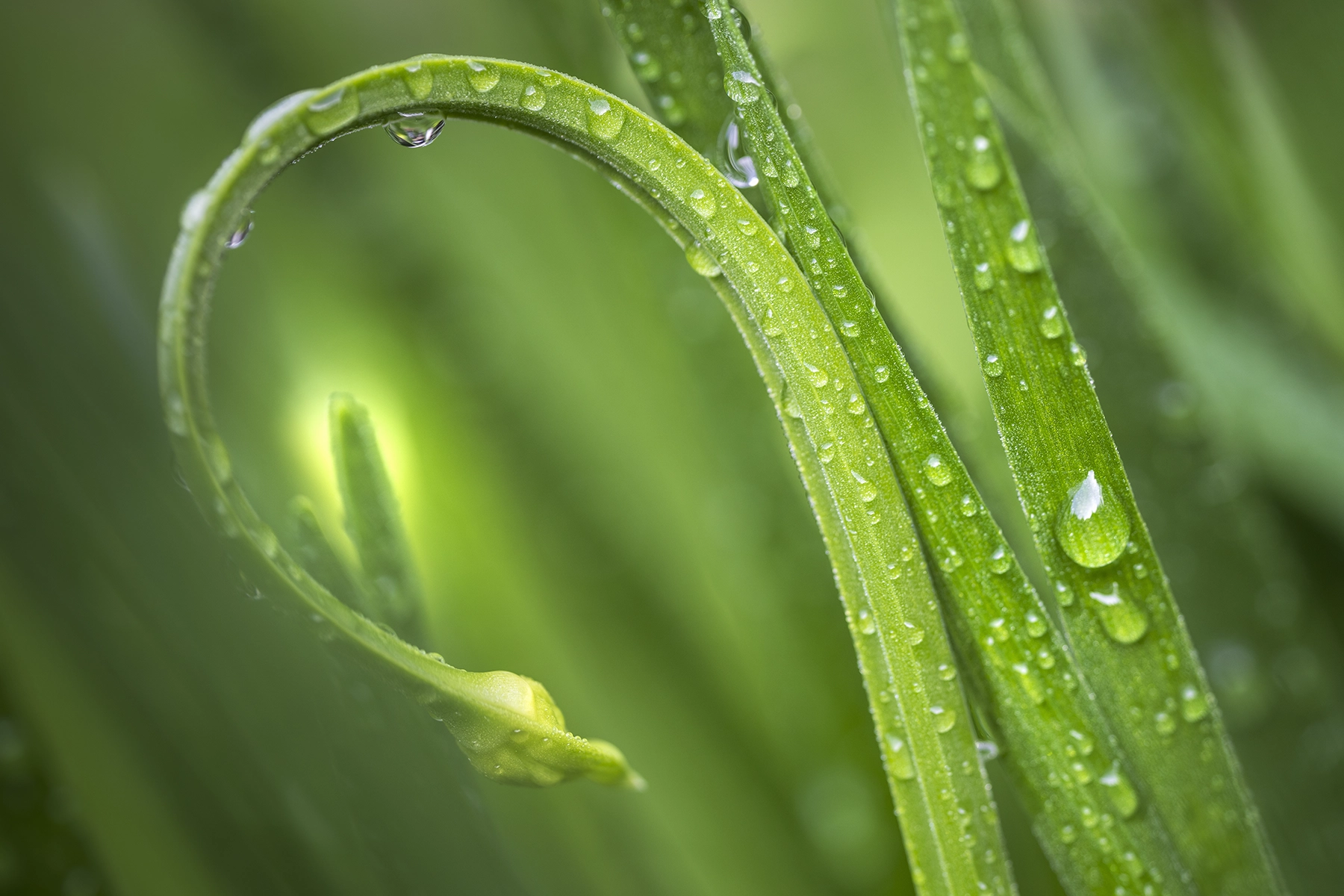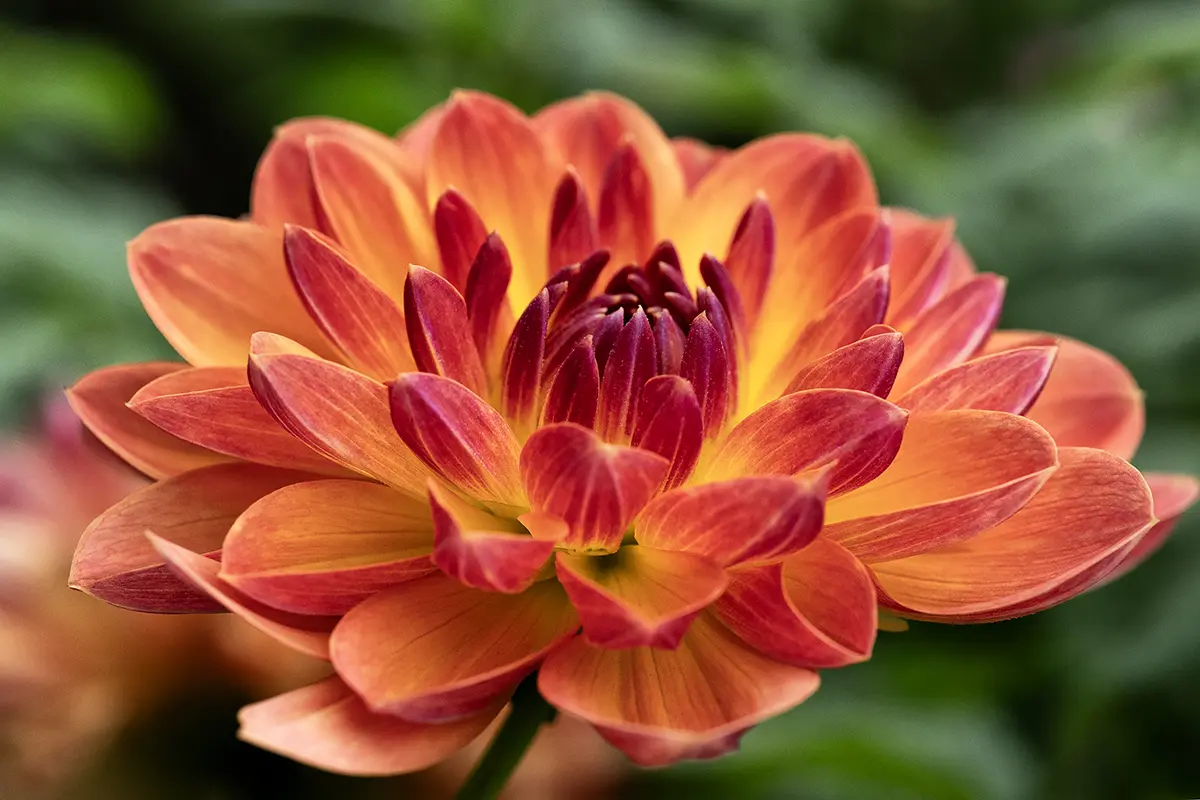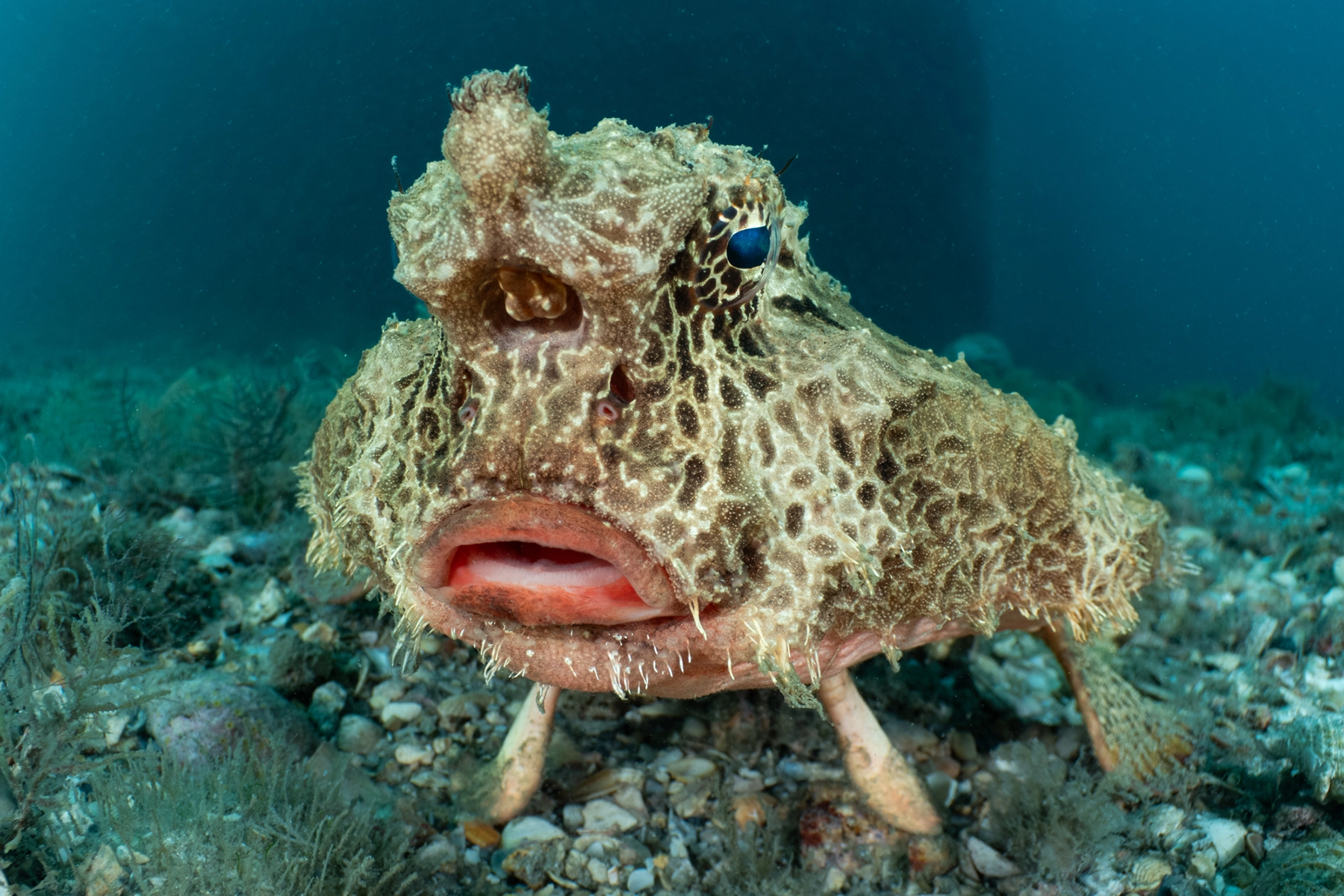
Macro Magic Below the Surface
Matthew Sullivan’s Tamron 90mm F2.8 lens helps him make tiny underwater creatures larger than life.
Author: Jenn Gidman
Images: Matthew Sullivan
Share Article
Matthew Sullivan’s Tamron 90mm F2.8 lens helps him make tiny underwater creatures larger than life.
For as long as he can remember, Matthew Sullivan has had a camera in his hands. “Every now and then, my mom will discover a photo I took on her old film camera of a puddle on a sidewalk, or a discarded potato chip that I’d somehow managed to get out of focus and only half in frame,” he says.
Matthew became scuba-certified when he was just 10, and after bringing a disposable camera on his first dive trip and capturing a decent picture of a hawksbill turtle, he began a long snowballing into the world of underwater photography.
Today, Matthew continues his water-bound explorations with the Tamron 90mm F/2.8 Di III VXD M1:1, a mid-telephoto macro lens that offers sharp, high-resolution images, beautiful bokeh to help separate subject from the background, and 1:1 magnification that allows Matthew to get in close to the smallest submerged inhabitants.
“Typically I prefer shorter focal-length macros, like 50mm or 60mm, but the Tamron 90mm F2.8 is a terrific addition, allowing images of larger macro subjects as well as itty-bitty ones,” he says. “The 90mm’s image quality, sharpness, and focusing speed are all phenomenal. Normally I go for dramatic lighting with lots of textures and contrasts, but it’s nice to change things up sometimes to keep your images fresh. During the period of time these pictures were taken, I’d decided to focus on softer, more subtle pictures, and the Tamron 90mm F2.8 was perfect for that.”
Matthew notes that macro lenses underwater are typically used behind flat ports, which cause all sorts of optical issues such as chromatic aberration, smeared corners, and the like, especially at wider apertures. “The Tamron 90mm F2.8 handled those problems well, and the ability to shoot shallow depth-of-field images like the seahorse and orange juvenile striated frogfish featured here without losing much image quality was wonderful.”
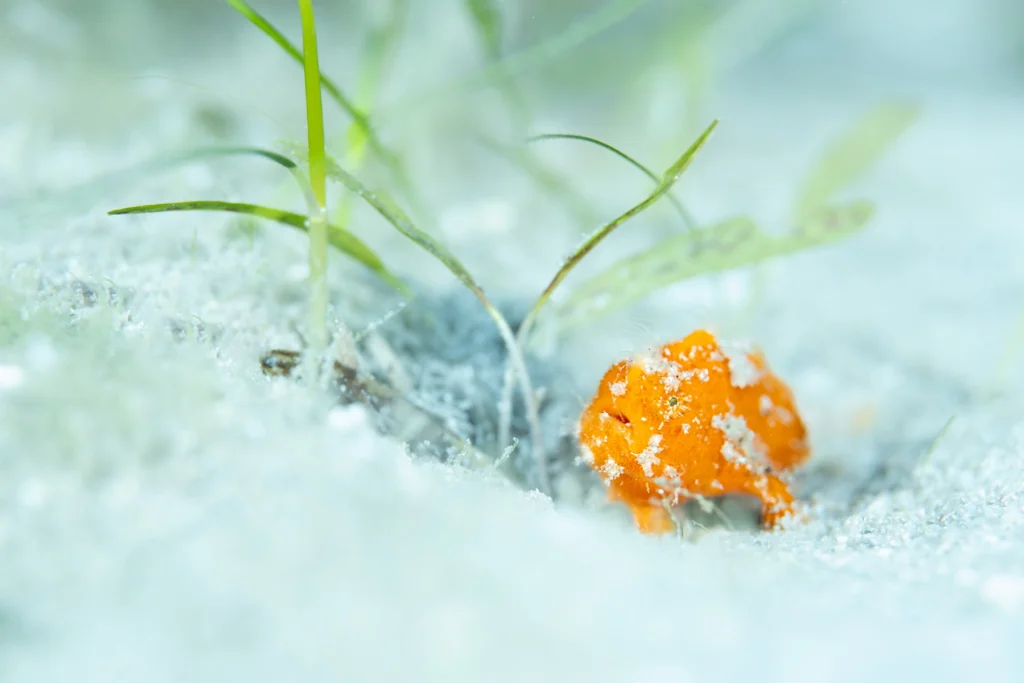
The most appealing part of underwater macro photography for Matthew is his ability to make diminutive creatures larger than life. “Seahorses aren’t microscopic, but when you capture a close-up of one, you can see so many intricate details and fantastic colors, even the emotion in their eyes,” he explains. “You can connect the viewer to them in a way you often can’t if you’re viewing them in real time. I like being able to showcase these kind of weird, wacky creatures that most people don’t even know exist.”
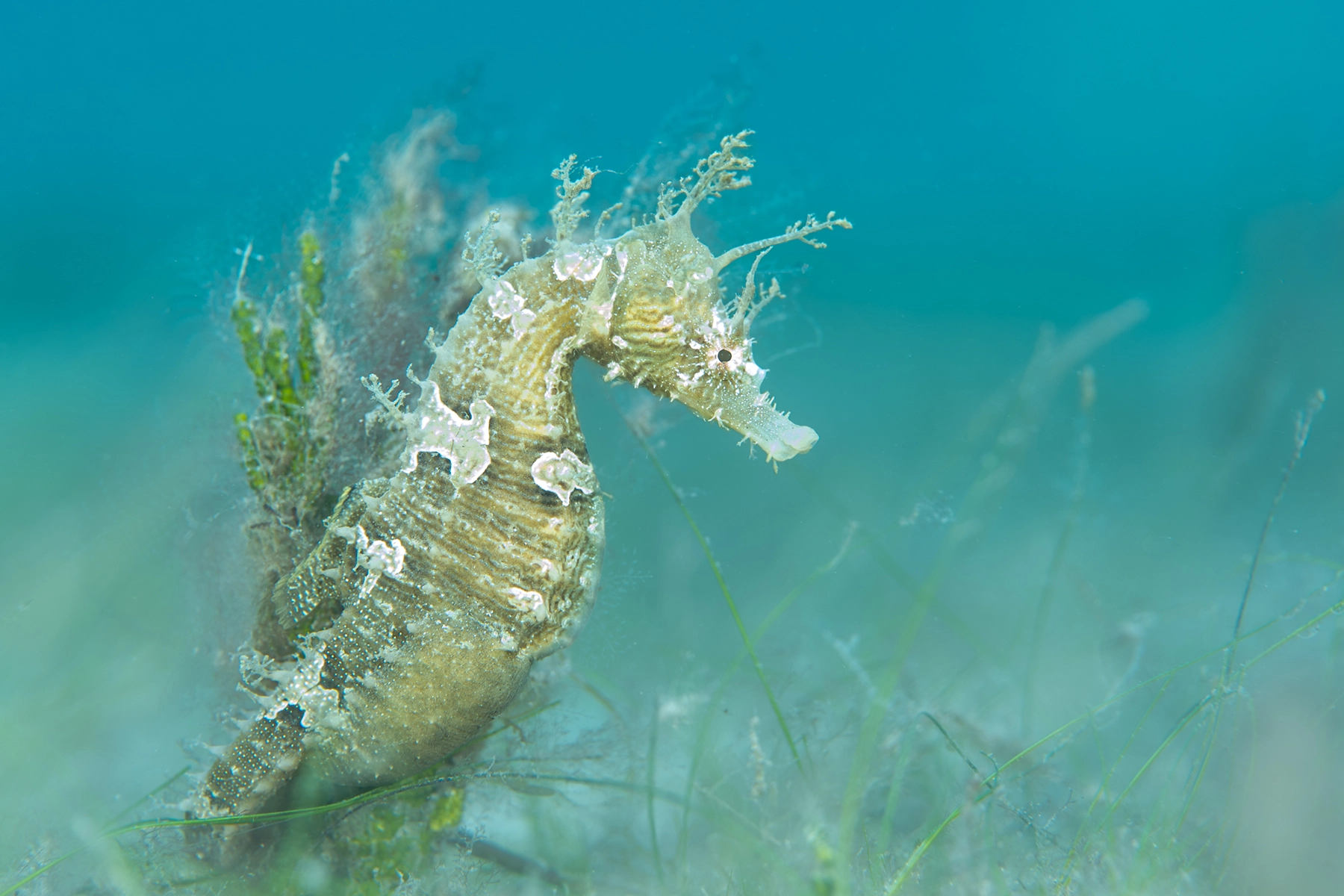
More on Matthew’s underwater adventures, and how he achieves his images with the Tamron 90mm F2.8 macro lens.
Suit up.
Having good diving skills is an absolute must overall for this type of photography. If you’re all over the place underwater and out of control, you won’t be turning out high-quality photos. While I won’t claim to be the world’s greatest diver, my skills in that regard are honed enough to the point that I don’t have to think about that aspect of things and can really focus on my photography.
Lighting.
The first thing I notice in a picture is bad light. Water sucks out a lot of light and color, so, especially for underwater macro photography, I’ll bring dedicated underwater flashes. Tools like diffusers, reduction rings, and snoots can be hugely useful underwater as well, depending on the type of image you’re trying to shoot.
While the jawfish (the fish with the eggs in its mouth) and octopus seen here were lit more harshly with two snoots to help separate them from their surroundings, I used diffusers for most of these pictures for the softer aesthetic I was going for. You can see that especially with the frogfish, a baby that was only about a quarter of an inch long. Normally these fish are very well-camouflaged ambush hunters—looks like this one didn’t get the memo. I used domed diffusers on my strobes to soften the light for this photo and to avoid blowing out the sand, especially as I was using a shallow depth of field to separate the frogfish from the background.
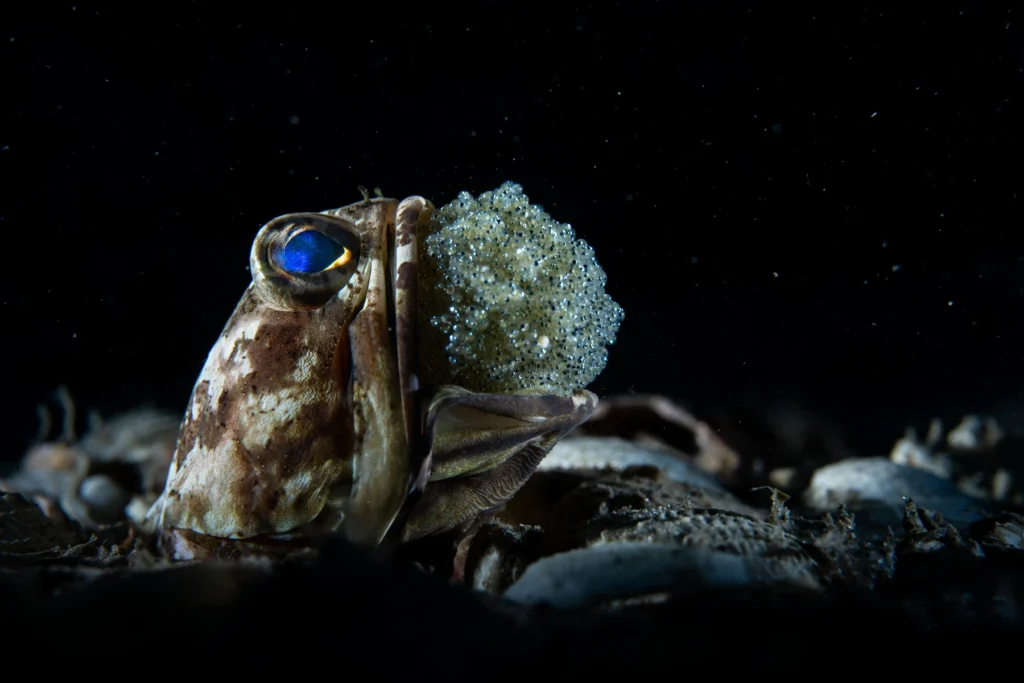

Probing the deep.
One other tool I like to pair my 90mm F2.8 lens with underwater is Nauticam’s EMWL, or Extended Macro-Wide Lens, a type of probe lens that converts macro lenses into close-focusing wide-angle lenses. The EMWL is a true test of macro lenses, as it’s not the world’s simplest optical tool to wrangle, but the Tamron 90mm F2.8 handled it beautifully.
I used the EMWL for the photo here of the polka-dot batfish, a fish that’s notorious for turning its back on you as you approach. Every once in a while, however, one will stay perfectly still and show off those luscious lips.

I also used the EMWL to take a photo of this common octopus. Octopuses on the move can be a struggle to photograph with a macro lens, especially at night, and they’re quite large. The Tamron 90mm F2.8’s ability to focus quickly, in tandem with its friendly relationship with the EMWL, allowed me to capture the creature’s full body at night as it was out for a hunt.
To see more of Matthew Sullivan’s work, check out his website and Instagram.
